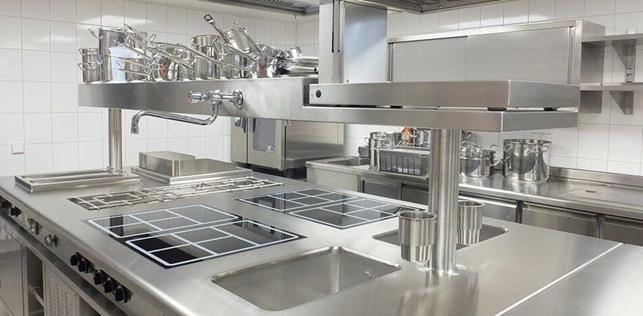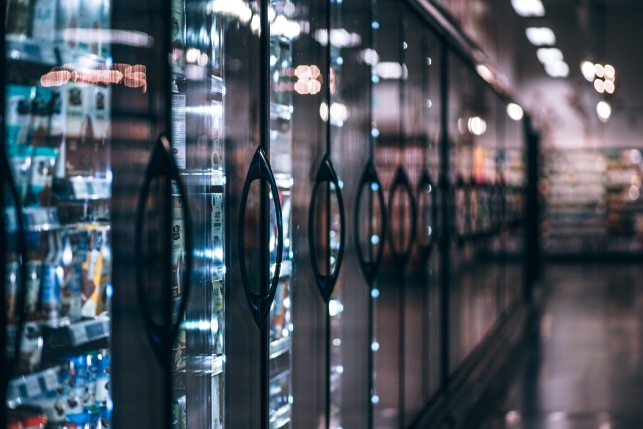When picturing a commercial kitchen in your mind's eye, it is difficult to not think of a seemingly endless expanse of polished metal surface. Not to mention that the flatware and cookware in a restaurant are also made of metal.
In the foodservice industry, stainless steel and aluminium are the most commonly used materials. Of course, stainless is the more popular choice with various grades such as 304, 316, 409 and 439 being used for manufacturing, preparation and presentation purposes.
Of the four types of stainless steel, grade 304 and 316 are the most widely used. However, it is by no means the only metal food-safe metal around. In addition to aluminium, cast iron and copper are also used in the foodservice industry.
Here's a breakdown on the different types of metals used in the industry and its respective qualities.
Stainless Steel
Unlike regular steel, stainless steel is an alloy of iron and at least 11 percent of chromium. Thanks to this composition, stainless steel is rust-, scratch- and dent-resistant. So it is of no surprise to know that it is this ability to resist abuse that makes it ideal for use as cooking equipment. It is also a natural choice for equipment that comes into close contact with food as it can withstand moderate levels of exposure to moisture, chemicals, and food.
Nickel is usually thrown into the mix to increase the metal's hardness, and elements such as molybdenum are sometimes used to create steels for specialty applications.
There are several types of stainless steel being used for the manufacturing of foodservice equipment, with their differences coming down to the types of elements used and the ratio of each.
Broadly speaking, stainless steel can be categorized into:
300-series stainless steel
Made with chromium and nickel, usually 18 percent and 8 percent by mass, respectively. The alloy's molecules are arranged into a crystal pattern, making it austenitic and therefore non-magnetic.
Grade 304 is the most commonly used due to its resistance to corrosion caused by a wide range of chemicals and can be electropolished to a smooth, shiny, easy-to-clean surface. Grade 316 is the second most popular with better resistance to chlorides such as salt thanks to its higher molybdenum content.
400-series steels
Contains chromium, and trace amounts of nickel and other elements. The molecules are arranged into a ferritic or martensitic crystal pattern, thus making it magnetic.
Aluminium
This is the second-most-common metal after stainless steel. It is less expensive but also softer and able to withstand less abuse. Aluminum is usually opted for when looking for a material that is lightweight, low cost, and rust resistance. It is also alloyed with other elements for strength and durability.
Most often used for cooking surfaces such as baking trays.
There are three main types of aluminum used in the building of restaurant equipment and kitchen supplies. All of which has been added with manganese, silicon, iron, and copper.
1100 : The softest type of aluminium which is easy to form into a variety of shapes, but is prone to scratching, warping, and denting.
3003 : The higher concentration of manganese makes it harder, more durable. Ideal for medium-duty cookware.
3004 : The heaviest-duty aluminum, made with at least 1 percent manganese and about as much magnesium to further bolster the metal's strength.
Other metals
Cast iron
A simple alloy of iron and carbon. Usually used for rugged, heavy components such as gas burners, grates and radiants. Outside of commercial kitchens, it is often used because it holds and distributes heat well. Best for frying, baking and also to provide a touch of rustic charm.
Copper
A metal that is prized for its ability to conduct heat and electricity. Best for cooking and roasting, not to mention that copper pots and pans are able to sit securely on the stove, while being light enough to be lifted when filled with food or water.
Galvanized steel
A type of economy steel with a coating of zinc to make it impervious to rust. Often used to build the bottom panels of cooking equipment, legs and support components of economy work tables, and to form utility containers such as pails and trash cans.



